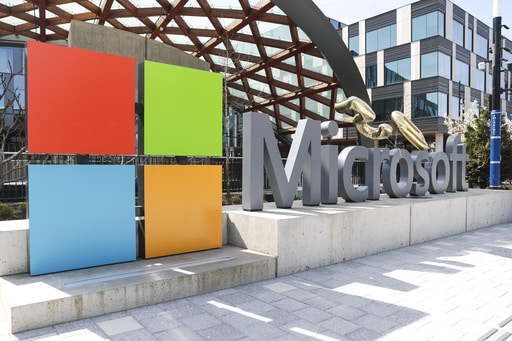Microsoft announced on Wednesday that its Azure cloud computing division has achieved annual revenues exceeding $75 billion, marking a 34% increase compared to the previous year. This milestone highlights Azure’s central role in Microsoft’s strategic pivot towards artificial intelligence (AI), although the company had previously refrained from specifying the precise financial contribution of the platform.
The financial disclosure was made during Microsoft’s year-end earnings report, which also revealed a notable 24% rise in its quarterly profit, surpassing Wall Street forecasts and alleviating investor concerns about the company’s ongoing investment in new data centers required to support the growing demands of cloud computing and AI advancements.
“We continue to scale our own data center capacity faster than any other competitor,” remarked CEO Satya Nadella during a call with investors. He highlighted that Microsoft now operates over 400 data centers across six continents.
In its fiscal fourth quarter, Microsoft’s profit amounted to $34.3 billion, or $3.65 per share, exceeding analysts’ predictions of $3.37 per share. The company reported revenue of $76.4 billion for the April-June period, reflecting an 18% increase from the previous year, surpassing the $73.86 billion anticipated by analysts surveyed by FactSet Research.
Since its introduction over ten years ago, Azure has become deeply integrated with Microsoft’s AI initiatives, as the organization seeks to market its AI chatbot and other tools to large corporate clients dependent on its main online offerings. Despite its progress, Microsoft continues to lag behind Amazon Web Services, which reported $107.6 billion in revenue for its fiscal year ending in December.
Building the necessary infrastructure for cloud and AI technologies incurs significant expenses, prompting Microsoft to find cost savings in other areas. This year, Microsoft announced job reductions impacting approximately 15,000 employees, despite the rise in profits.
Nadella recently conveyed to employees that while the layoffs were “weighing heavily” on him, they provided an opportunity to redefine the company’s mission for the AI era.
Nevertheless, Microsoft’s overall workforce numbers remain unchanged. The company reported employing 228,000 full-time employees as of June 30, which is consistent with the count from the previous year. However, there has been a slight shift with a higher concentration of employees in the U.S. and fewer in product support or consulting roles.
The promise of a more streamlined approach has been met positively on Wall Street. Microsoft and other tech giants are striving to justify substantial capital expenditures necessary for data centers, chips, and other components vital for AI technology.
Following its recent earnings announcement, Google committed to increasing its capital expenditure budget by $10 billion, reaching $85 billion. Microsoft’s Chief Financial Officer, Amy Hood, projected capital spending of $30 billion for the July-September quarter.
Although Microsoft did not specify the impact of U.S. tariffs on its revenue during its Wednesday announcement, the company’s annual report highlights tariffs as one of the multiple risks it encounters. The report cites “increased geopolitical instabilities and changing U.S. administration priorities” as creating an uncertain trade environment, alongside concerns about how U.S. tariff volatility could contribute to economic unpredictability and potentially affect the competitiveness of its cloud and devices supply chain costs.


